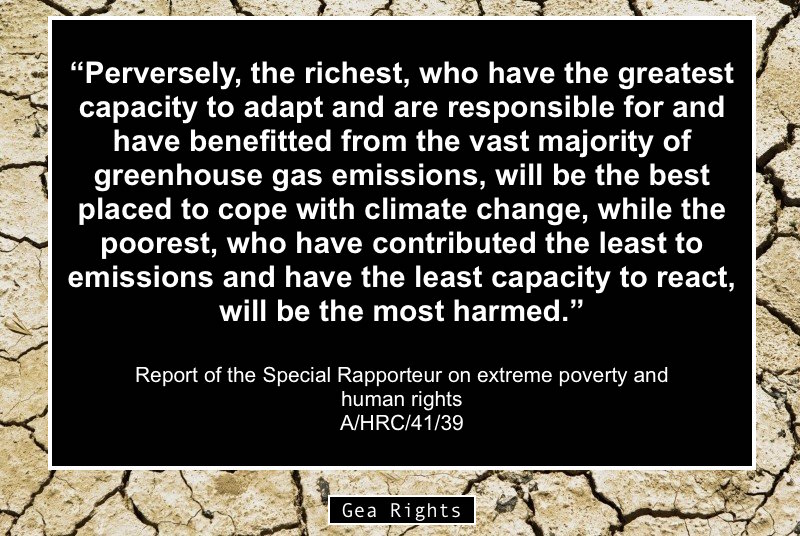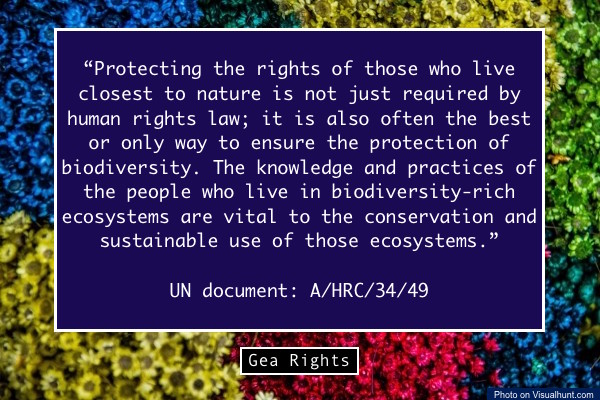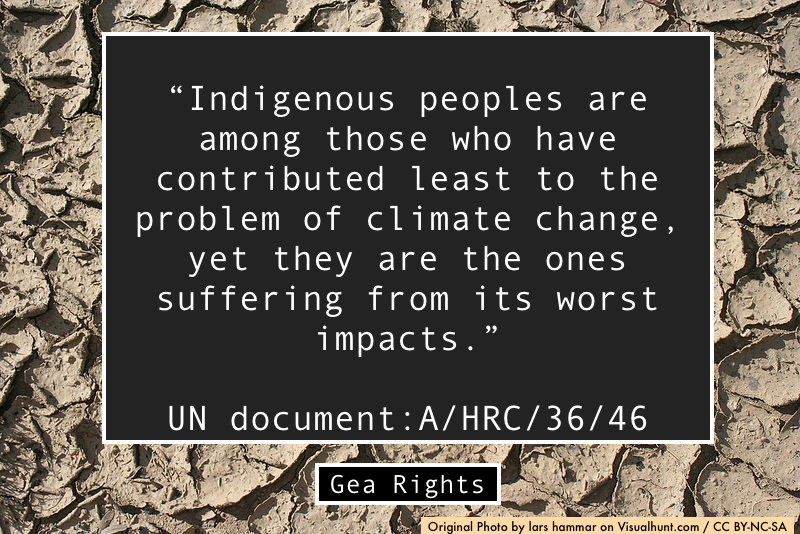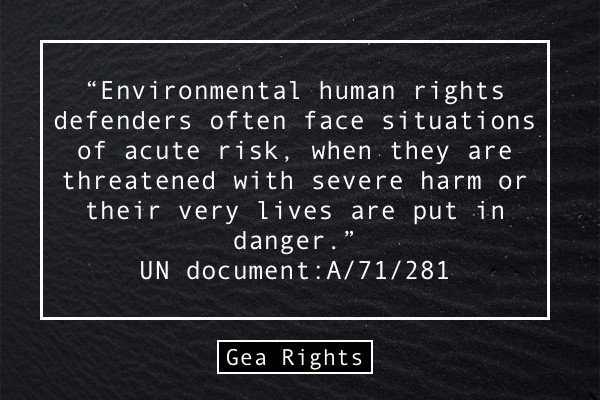The notion of “sustainability”, of fundamental importance in the present international political discussions, stands for the connection of humans to nature and for the relation of different generations in association with the use of natural resources.
“Sustainability” is an ideology developed at the end of the twentieth century, when the period of “transitional unsustainability” started, characterized by the emergence of cities, increases in population, and a fast expansion of industrialization and energy.
The evolution of humans led to the so-called “technometabolism”, which is the increase of the “basic biometabolism” within the life system through human technology.
In international law, the origins of “sustainability” can be found in forestry and fisheries; “sustainability” was connected to long-term productivity. Precursors of “sustainable development” can be traced to the 1971 Ramsar Convention and the 1972 Stockholm Conference.
“Sustainability” was integrated into the environmental discussion with the World Conference on Environment and Development in 1992. The Rio Declaration, in fact, places human beings at the center of concerns for sustainable development and asserts their entitlement to a healthy and productive life in harmony with nature.
According to the Convention on Biological Diversity (CBD), States have sovereign rights over their resources, but they are not absolute. Their sovereignty is restricted by the prohibition to cause irreparable damage to the territories of other States. Increasingly, this is extended to the principle that States cannot use irreparable damage to the global environment.
It can be argued that this negative obligation (“not to cause damage”), when applied to natural resources, has evolved into a positive obligation, namely “to ensure that natural resources are used in a sustainable manner”.
This norm can be problematic since it depends on certain conditions. For example, as a principle of international law, it is probable that the natural resources to which the principle refers must not be purely domestic, and the harm must have some international or transboundary implication. Another condition is the need to be able to identify what is “sustainable use”, and this will differ in relation to each natural resource and the use that is proposed.
According to the CBD “sustainable use” means the use of components of biological diversity in a way and at a rate that does not lead to the long-term decline of biological diversity, thereby maintaining its potential to meet the needs and aspirations of present and future generations.
Each Party is required to integrate, into national decision-making, consideration of the conservation and sustainable use of biological resources, and to adopt measures aimed at avoiding or minimizing adverse impacts on biological diversity.
Great attention is given to customary use of biological resources in accordance with traditional cultural practices, which must be protected and encouraged when compatible with conservation or sustainable use requirements. The Parties are called to support local populations to develop and implement remedial action in areas where biodiversity has been reduced.
The cooperation between governmental authorities and private sector must be encouraged for the development of methods aimed at the sustainable use of biological resources.
Credits:
- A. Smagadi, Analysis of the Objectives of the Convention on Biological Diversity: Their Interrelation and Implementation Guidance for Access and Benefit Sharing, 31 Colum. J. Envtl. L. 243, 2006.
- M-C. Cordonier Segger, A. Khalfan, Sustainable Development Law : Principles, Practices, and Prospects, 2004.
- Convention on Biological Diversity
Photo by John-Morgan on Visual Hunt / CC BY







Leave a Reply